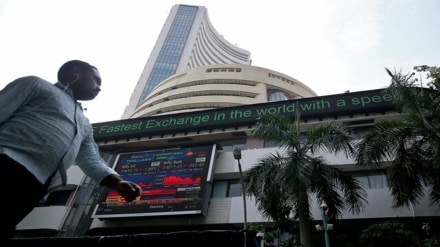The top Muhurat trading picks of 2023 have given an average return of nearly 6%, significantly underperforming the benchmark indices. While only 3 of the 12 gave returns above benchmark indices, none outperformed broader market indices.
The data considers recommendations made by 11 brokerage firms for Samvat 2080, and includes only 12 stocks which were recommended by more than one of these brokerage firms.
Among the 12 stocks, State Bank of India, ICICI Bank and Godrej Consumer Products beat benchmark indices with 27-36% returns, with the state-owned lender topping the charts.
While Sensex has risen 23% since the last year’s Muhurat trading on November 12, the broader Nifty index is up 25%. The broader market indices have seen an even sharper rise with the BSE Midcap index soaring 41% and the BSE Smallcap index returning 39%.
The stocks that gave negative returns among the top 12 are Dalmia Bharat, Zee Entertainment Enterprises and Spandana Sphoorthy Financial. These stocks tumbled 14-54%.
Muhurat trading is conducted for an hour every year by stock exchanges on Diwali as a tradition. It is believed to be an auspicious time to buy assets, including stocks.
The trend of benchmark indices outperforming 75% of the top picks comes at a time when passive investing has picked pace in India.
Arun Sundaresan, head of exchange traded funds (ETFs) at Nippon Life India Asset Management says the data does not surprise him. “This happens quite often. Even in mutual funds we talk about how consistently the funds are able to beat benchmarks. There is a lot of data that shows (active) funds find it difficult,” Sundaresan said.
As of September 2024, there were 314 equity passive funds in India with Assets Under Management (AUM) of Rs 8.61 lakh crore. As per a study by Zerodha Fund House, the total retail folios in index funds increased by close to 12 times from 4.95 lakh in March 2020 to 59.37 lakh in Dec 2023.
The Samvat 2080 saw several major events playing out globally as well as in India. While back home, general elections were the biggest factor, there were multiple moving factors globally. These include simmering geopolitical tensions, slowing global economic growth, and a sharp bounce back of China stocks.
Sundaresan says the phenomena of passive funds’ outperformance does not have much to do with a bull or a bear market. “It is not necessary that it happens in a specific market time. In general, it happens more often than not because the markets are complicated,” he said, adding that one can outperform benchmarks for a period, but to do it consistently is difficult.
